These past few weeks have been very plate-centric. Jenna and Derek have be photographing and subsampling bivalves from the ethanol collections. Nat has dipped his toes into the arthropods, and I have been hammering away at the echinoderm tissues pulled from the cryofreezer. The details are hazy, but I’m pretty sure I dreamed the other night about affixing the small adhesive labels to the subsample vials. In the picture below Jenna’s purple gloves demonstrate her dedication to both sterile subsample conditions and a festive work environment. Ok, the purple ones were on sale last time we bought gloves.
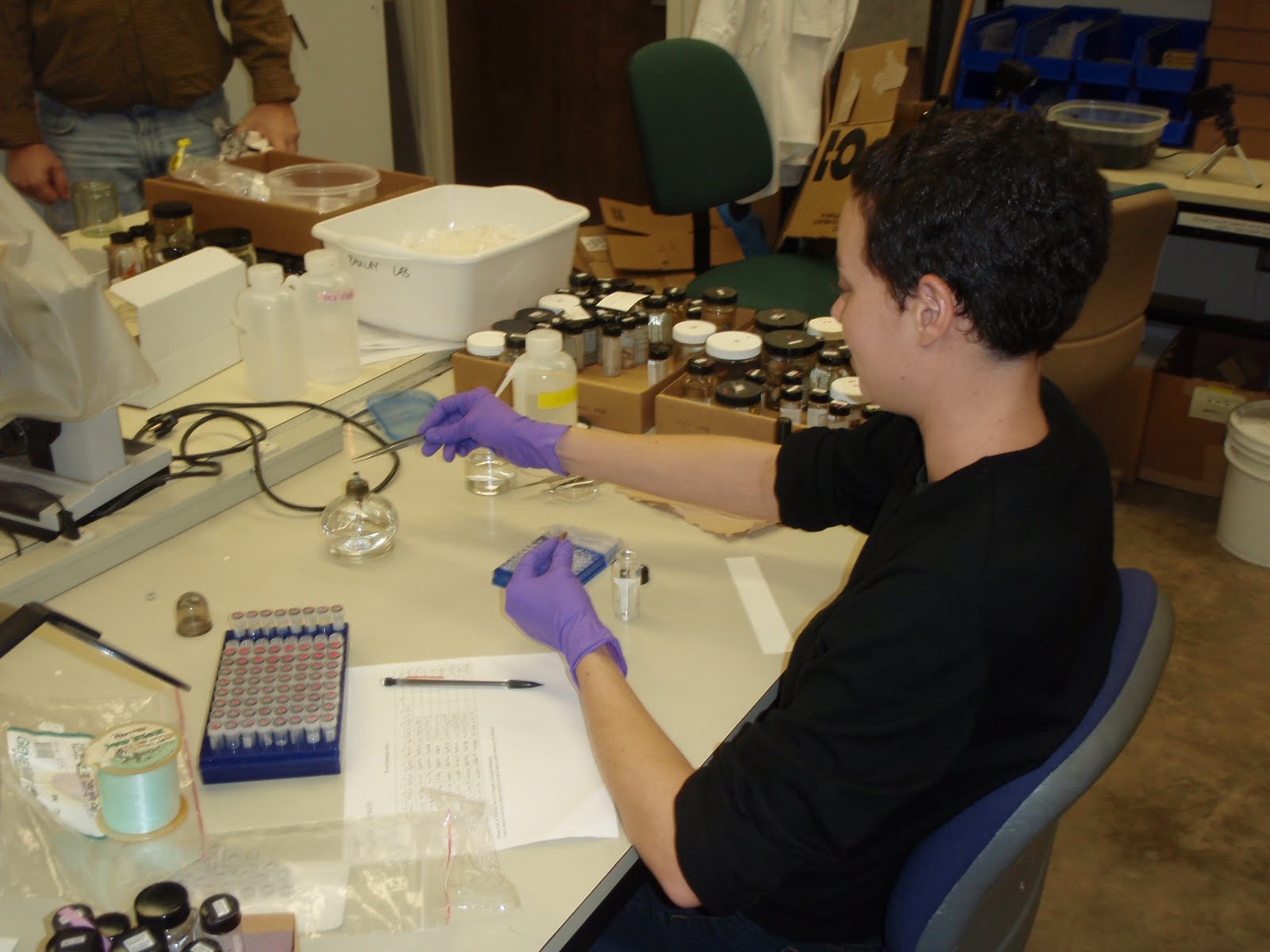
So why isn’t Nat wearing purple gloves? Somewhere he must have found a stash of the older latex gloves, but you can see his dedication to office-festiveness in the classy pink fingernail polish at his workstation. We use this to denote which specimens have been subsampled. It looks like Nat has chosen “A Dozen Rosas,” I usually opt for “Fuchsia Fever.”
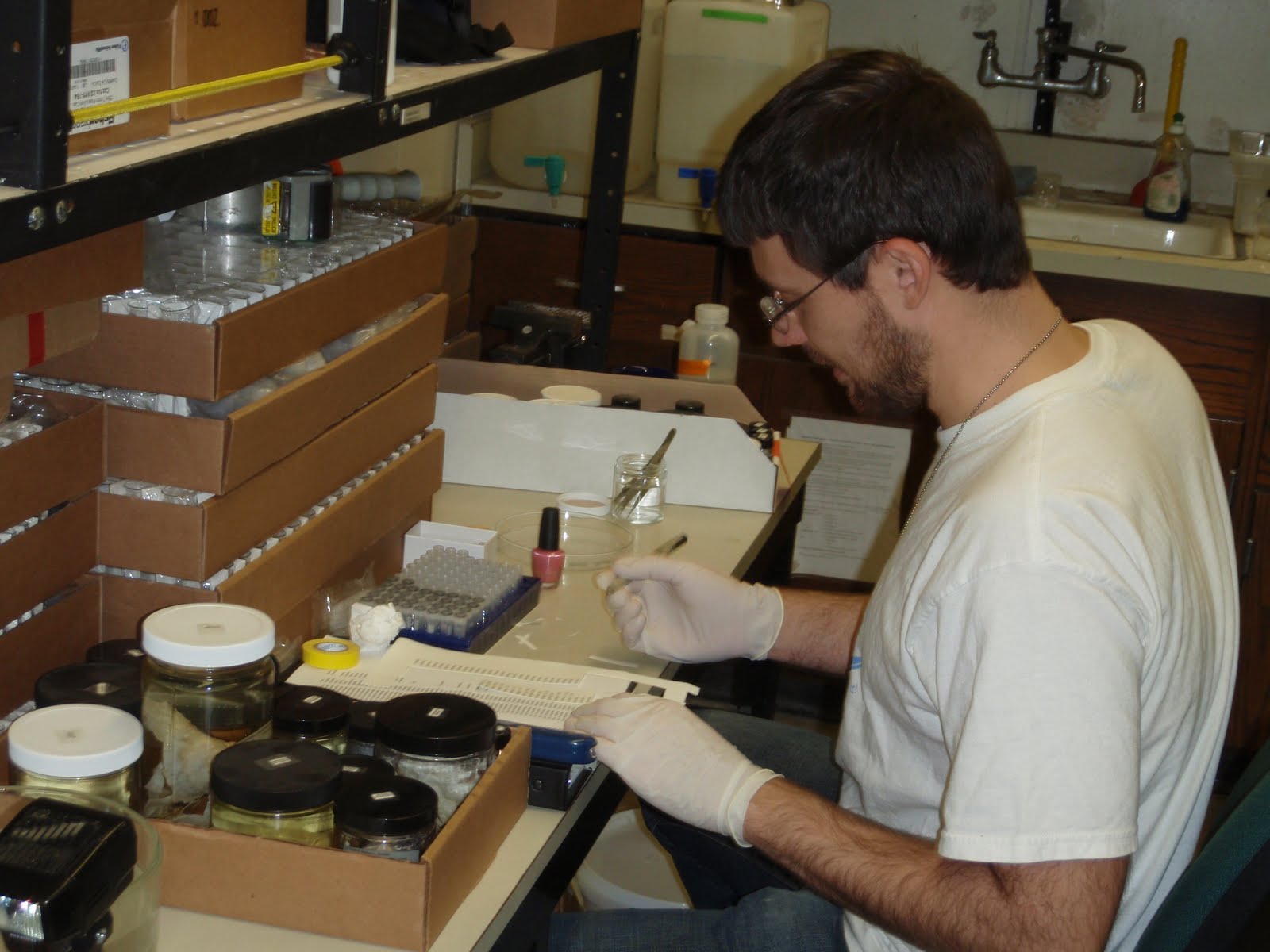
Machel also joined us in the lab. She and Nat must have heard that I was thinking of heading up to the grad student offices to try and get a photo of them in their natural habitat for the blog. François escaped back to France for the holidays before I had fully committed to the expedition.
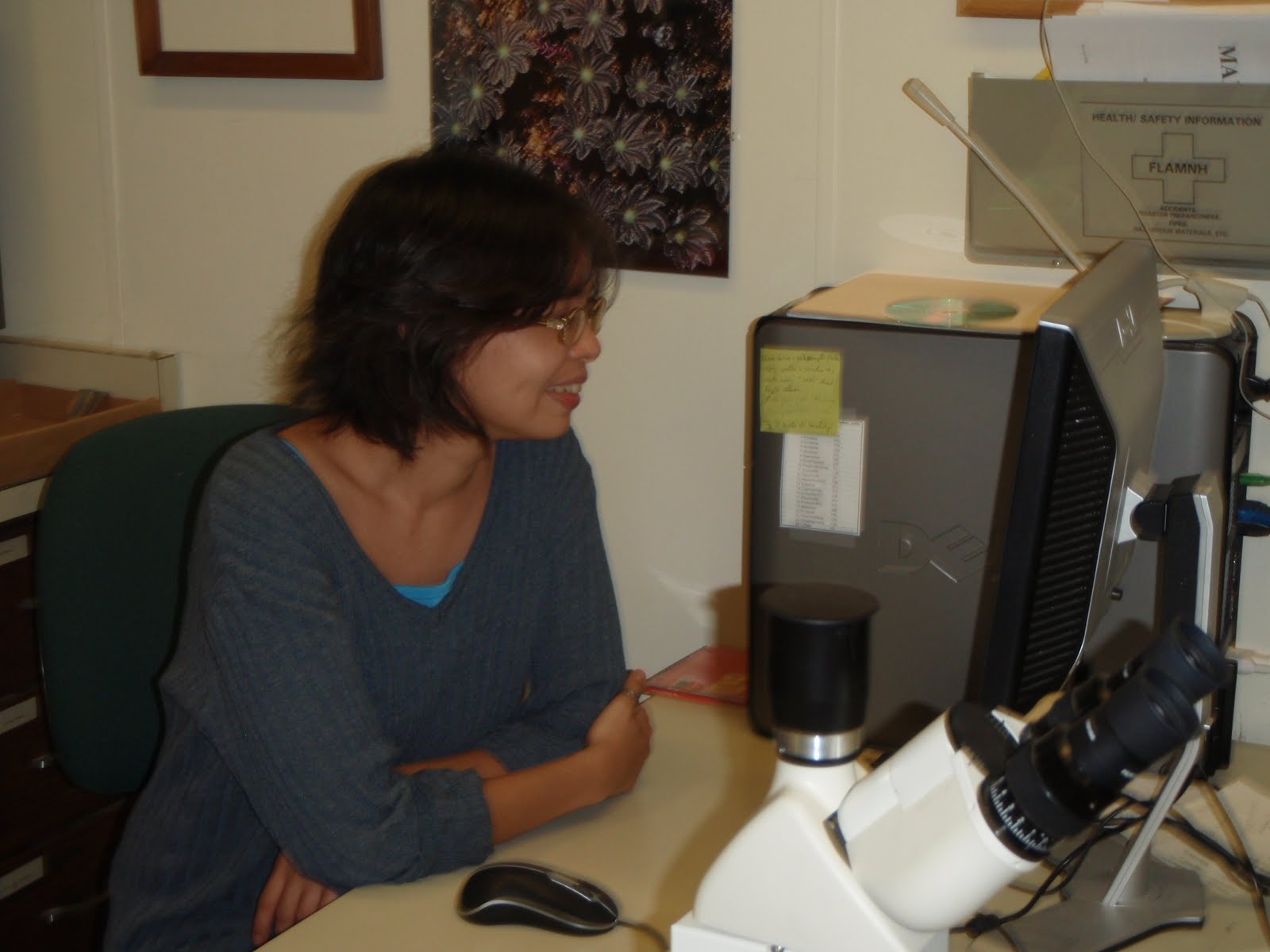
Plate-frenzy and ID frenzy go hand in hand. Below, John is identifying some bivalves to add to the queue of specimens to be sampled. He and Gustav have been making sure we don’t get bored, run out of things to do, or see anything other than bivalves seared into our retinas when we close our eyes.
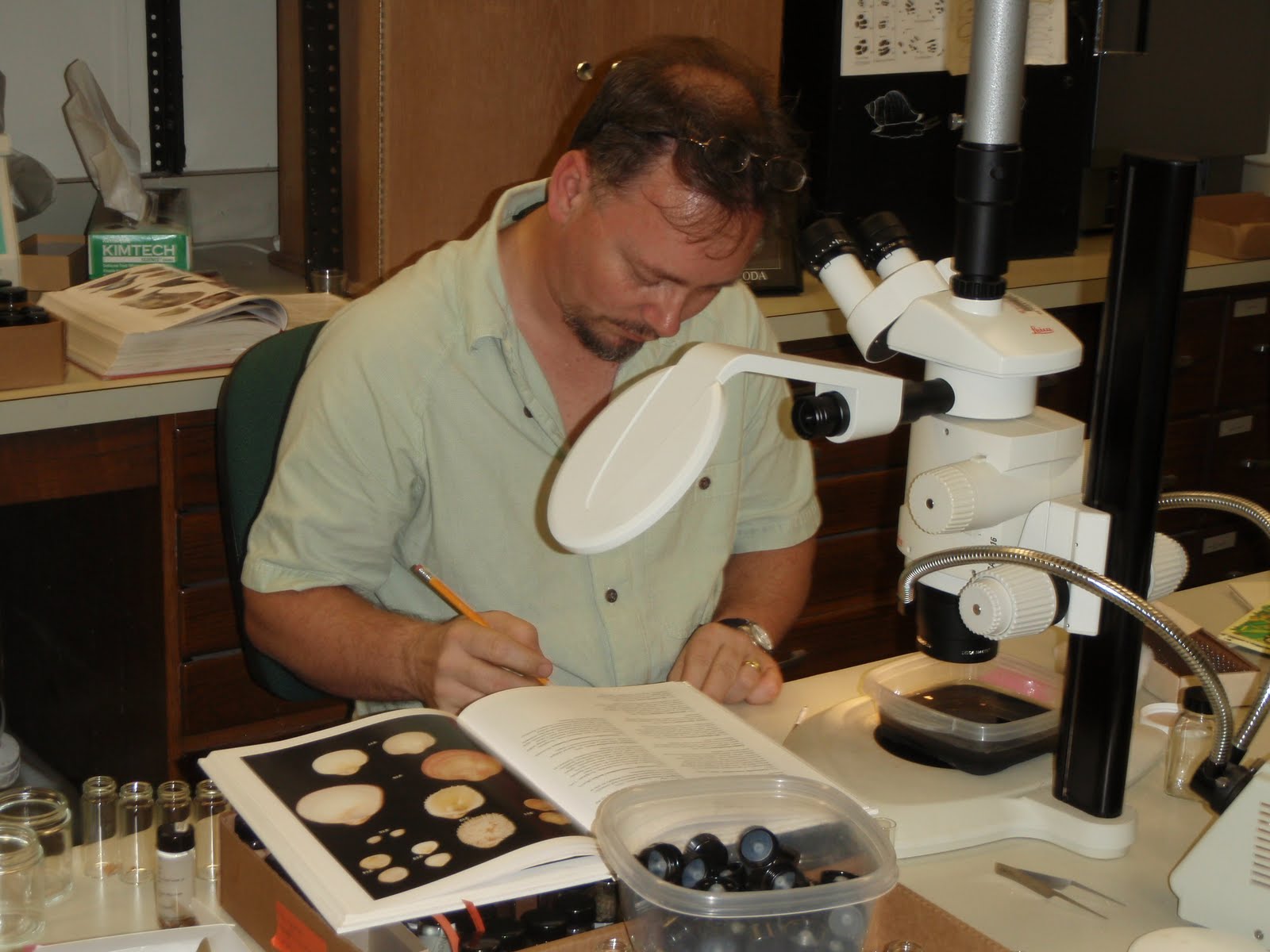
That’s right, Gustav is back from Moorea (again), and you know what that means…buckets! Buckets and buckets of baggies and vials of specimens that need to be rehoused and stabilized in ethanol. I got a picture of a portion of it.
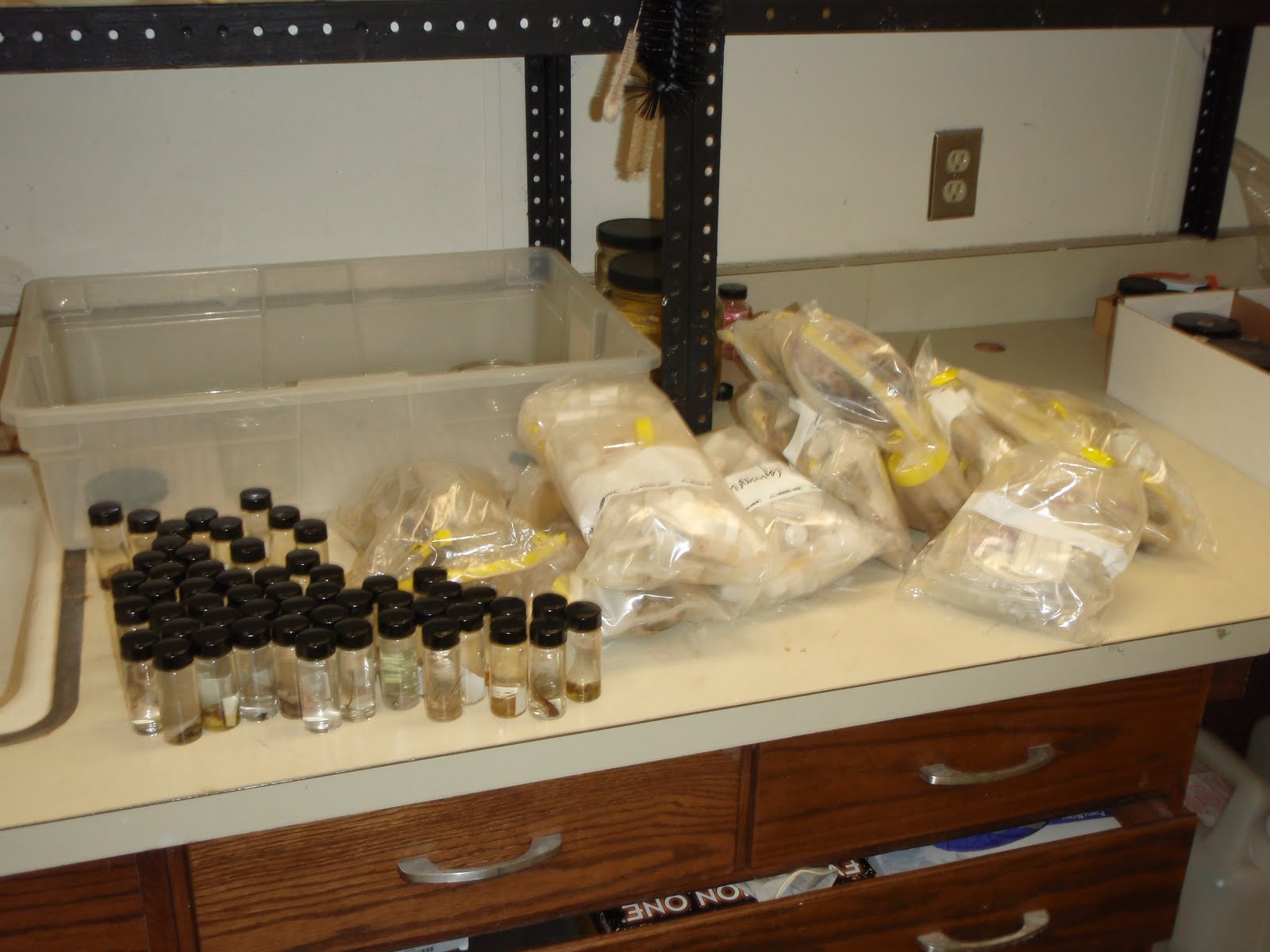
Processing the specimens fixed in ethanol goes fairly smoothly, but the ones which are formalin fixed require a little extra attention since it is a more hazardous material. Like a responsible scientist, Nat took a few bags over to the fume hood in the herpetology range to safely drain the formalin and replace it with ethanol. I hope you’re looking Department of Environmental Health and Safety!
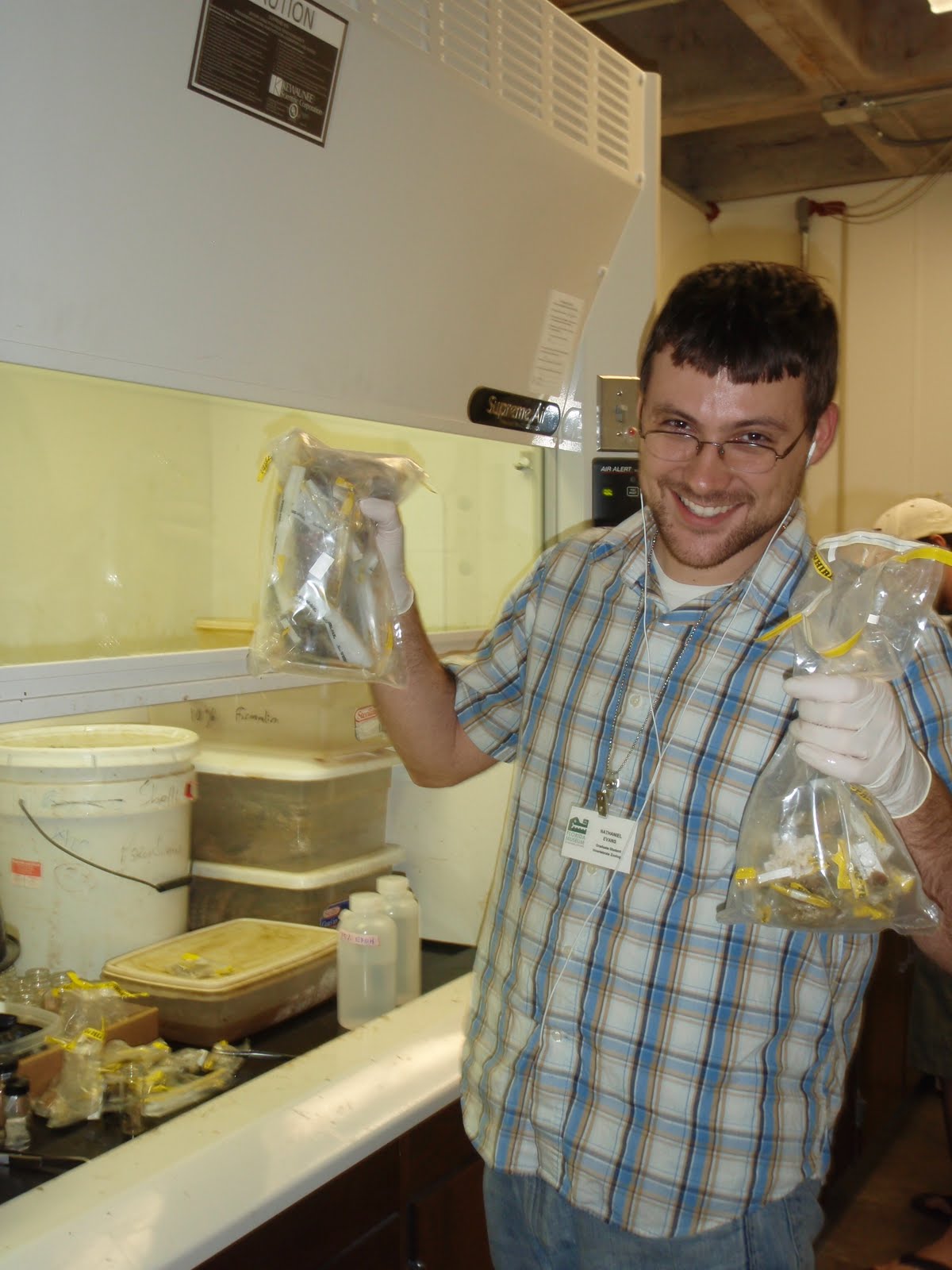
Processing buckets means we use hundreds and hundreds of small wet vials. We have many sizes, but these are the most popular. Just to give you an idea, we buy several cases at a time, several times a year. Each case contains 750 vials. In this next picture Derek is replenishing the lid stash.
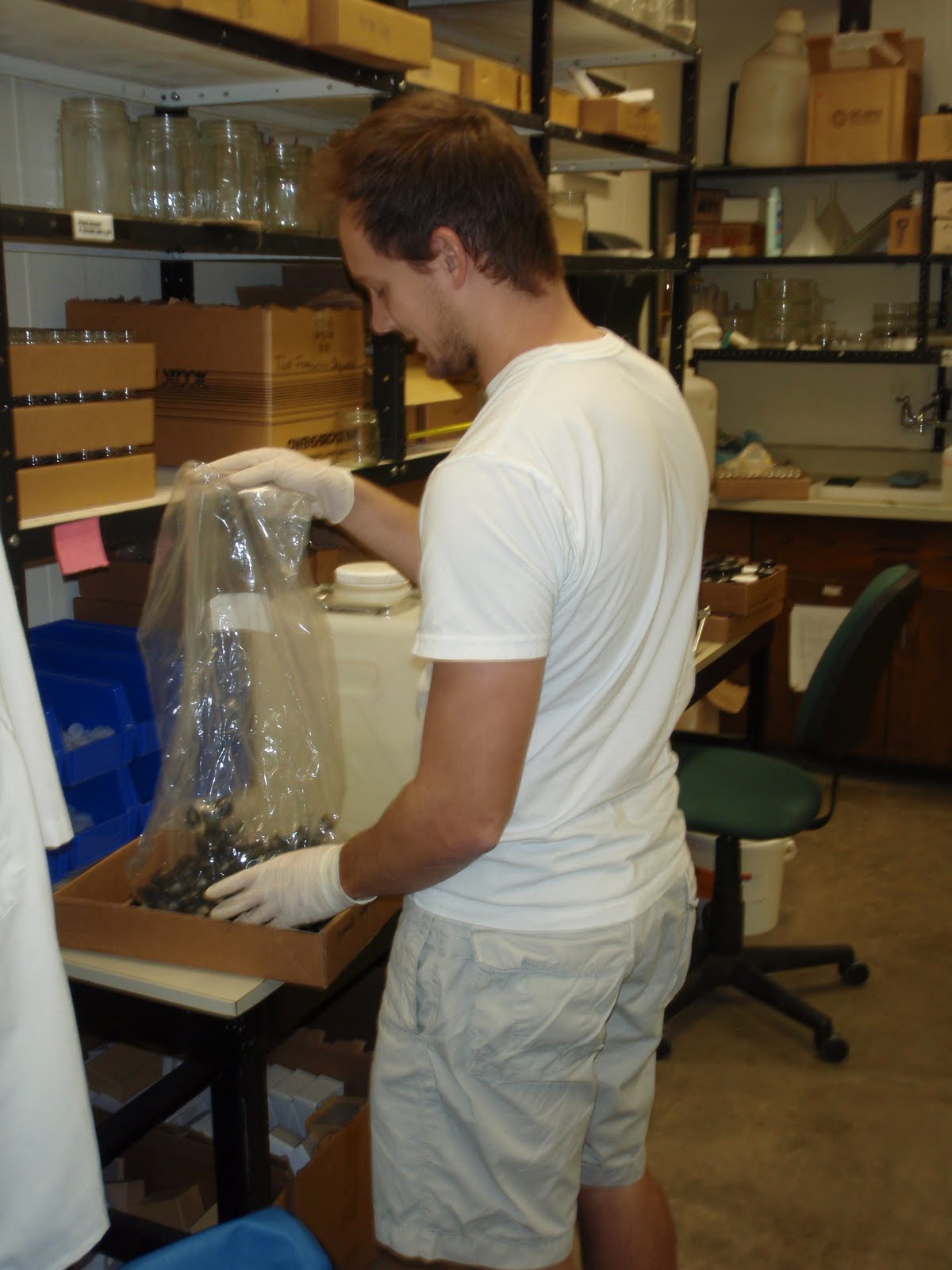
At our last discussion-group meeting of the year (pictured below), Nat gave a practice presentation of a talk he will be giving in January on Myxozoa. “Myxozoans,” you’re thinking, “are those cnidarians like corals and jellyfish or more closely related to the bilateria such as worms?” Good questions, Nat’s master’s research brings us a few steps closer to the answers we seek.
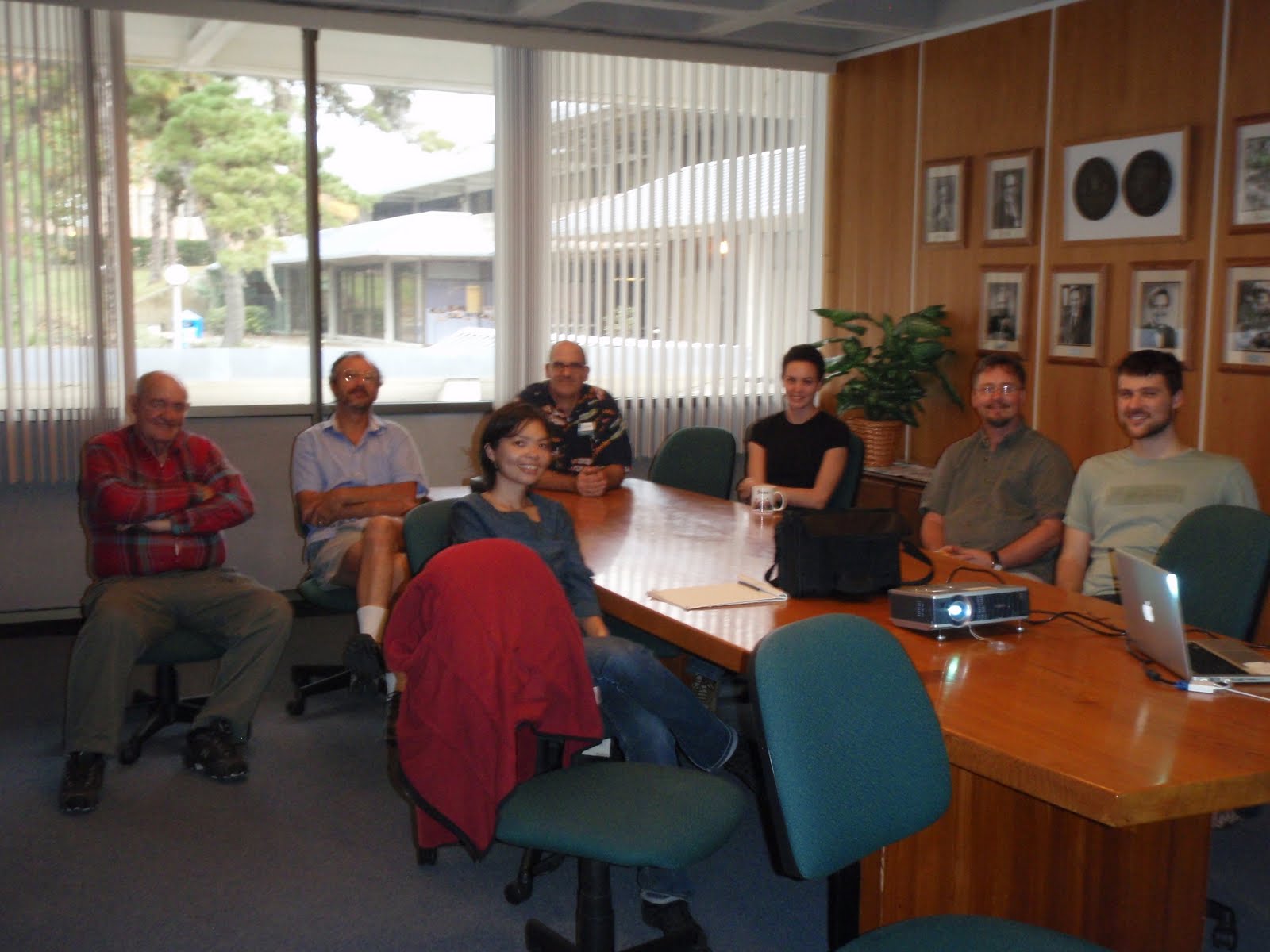
Happy Holidays!
🙂 Mandy